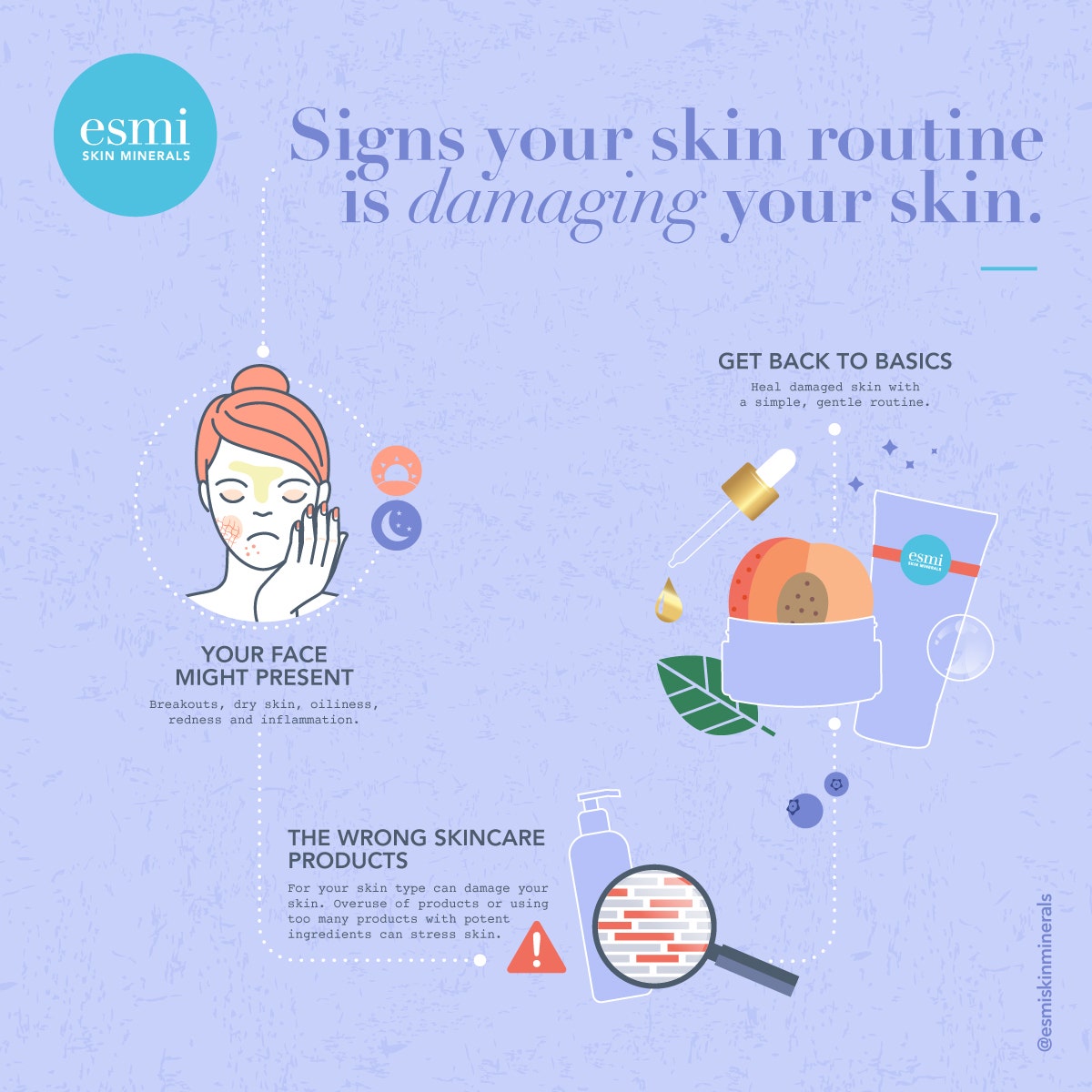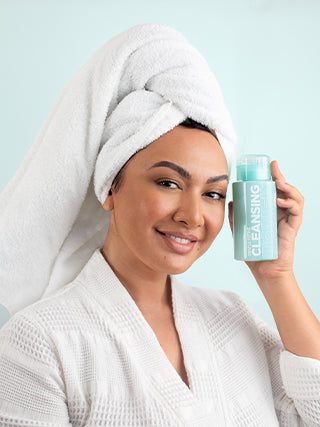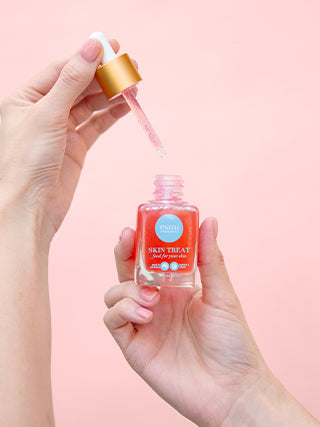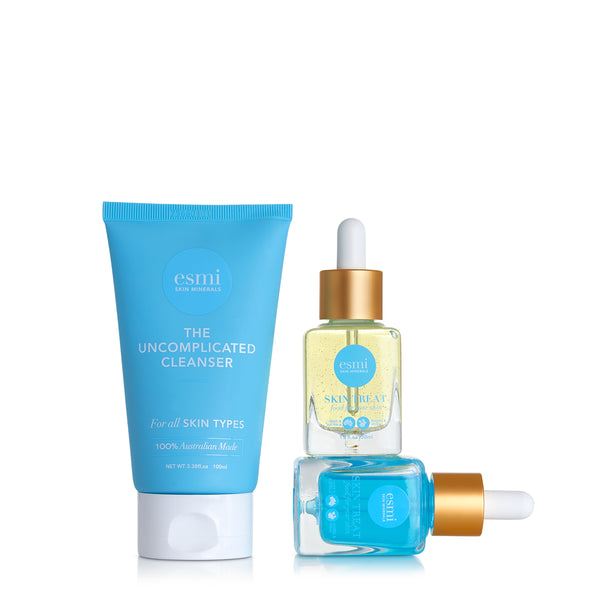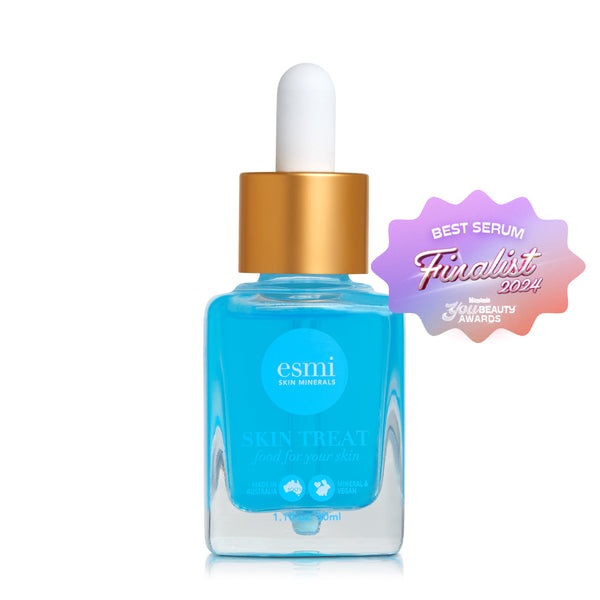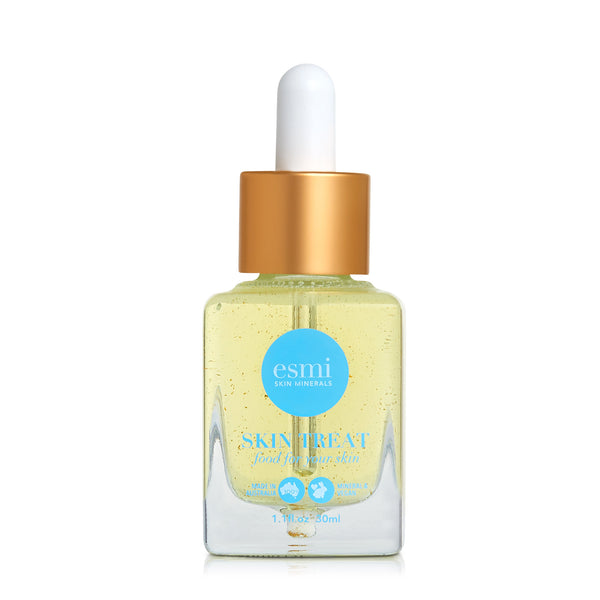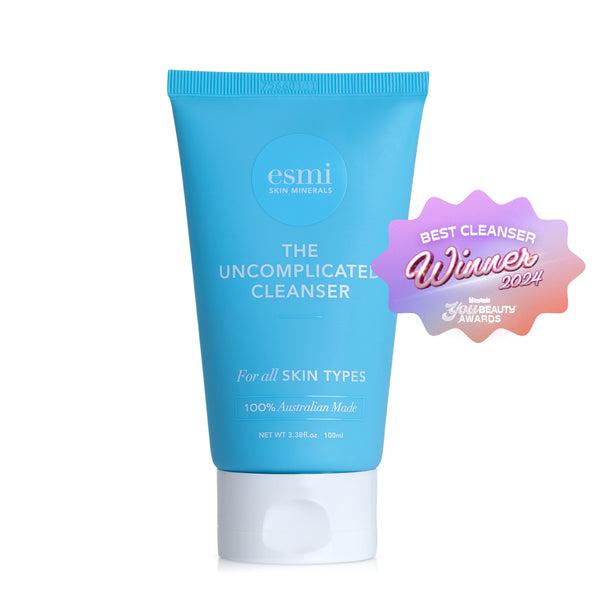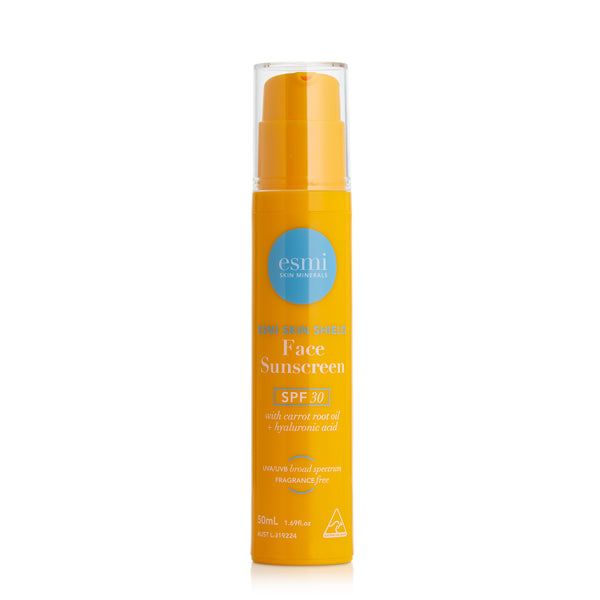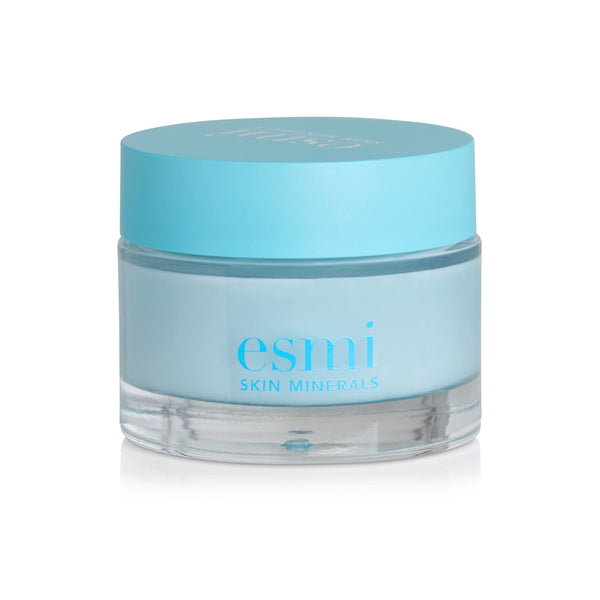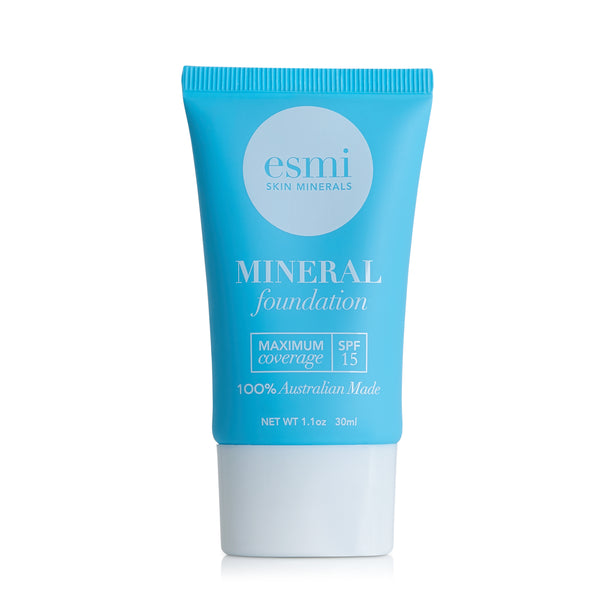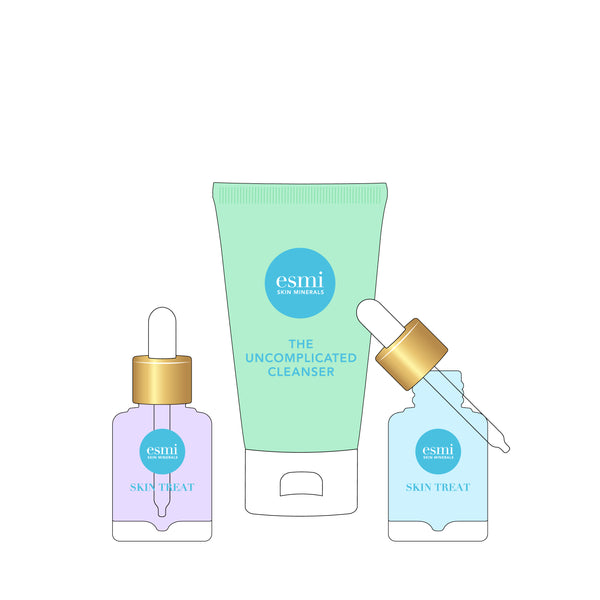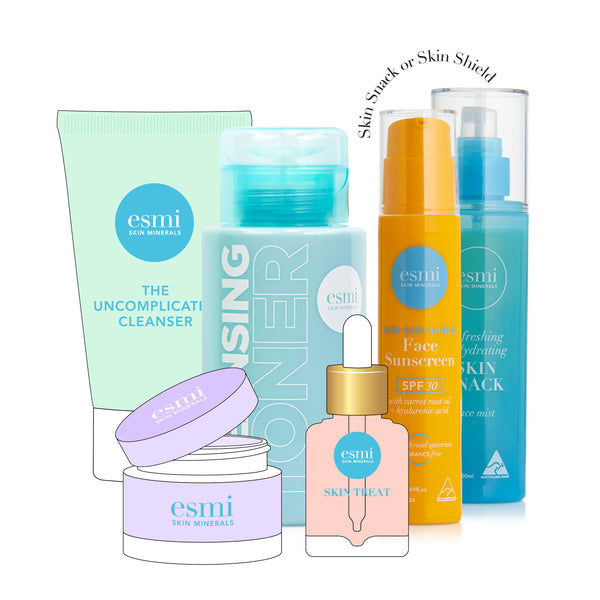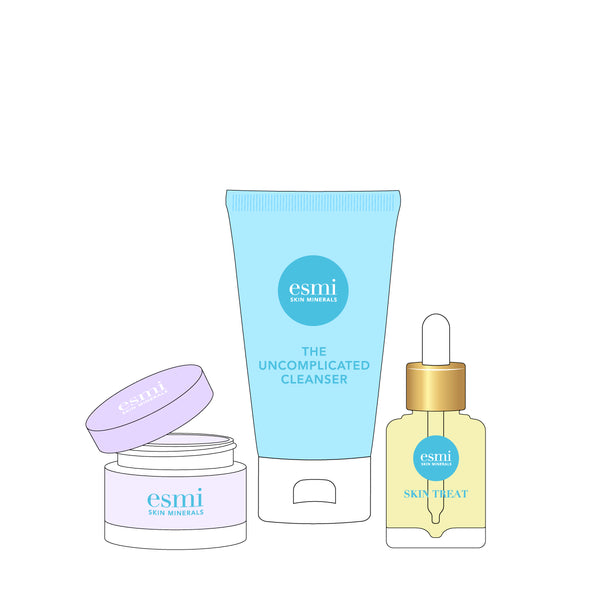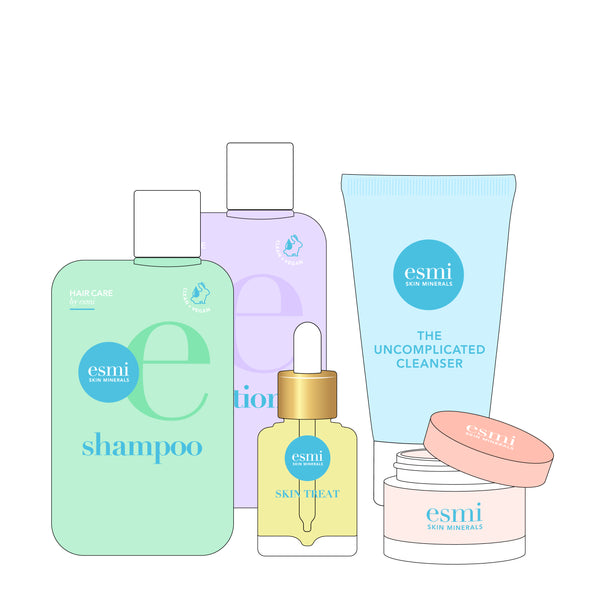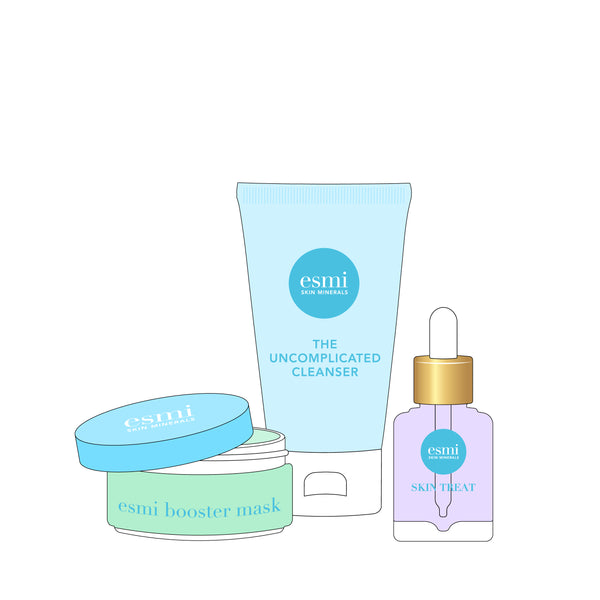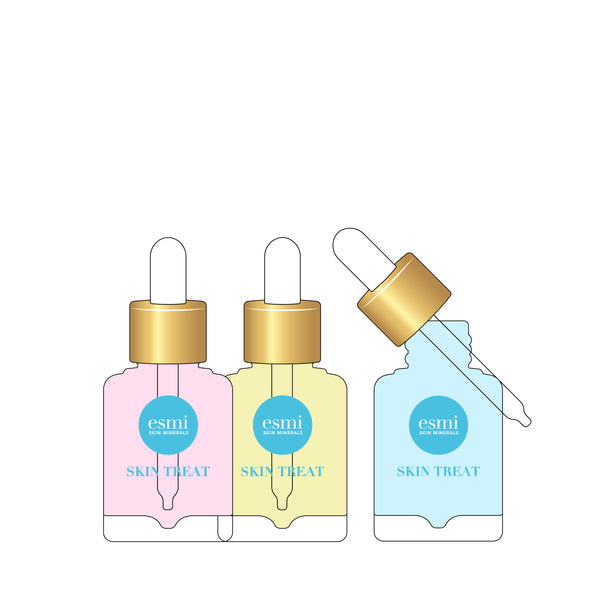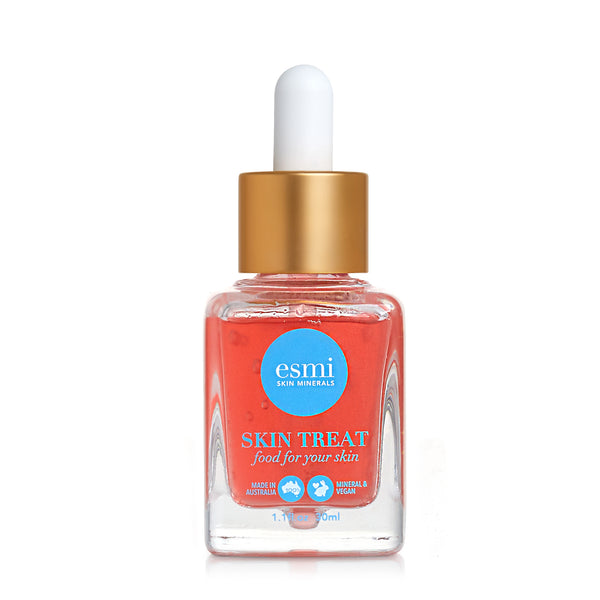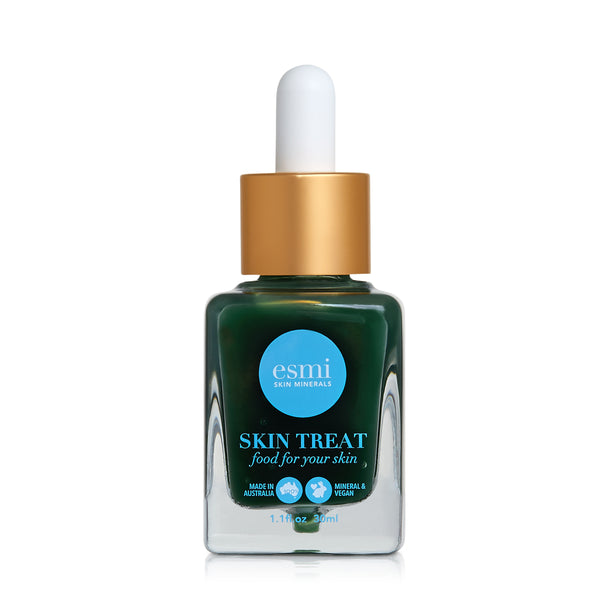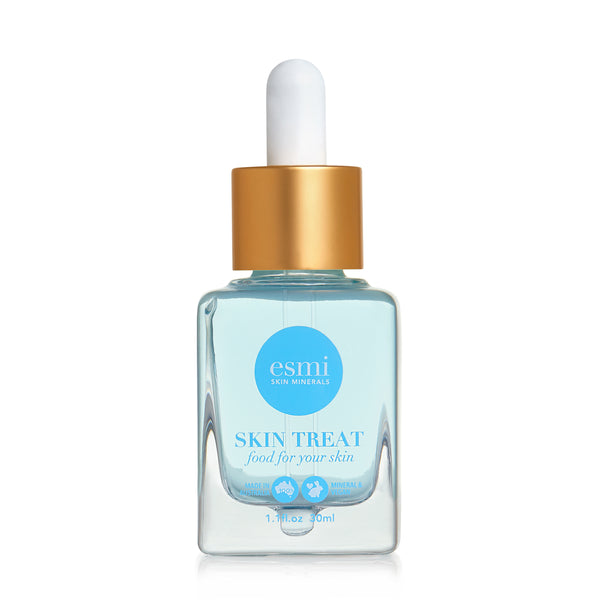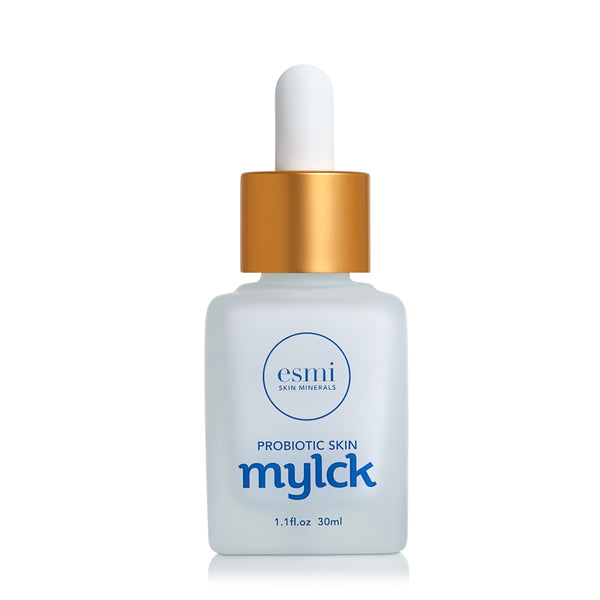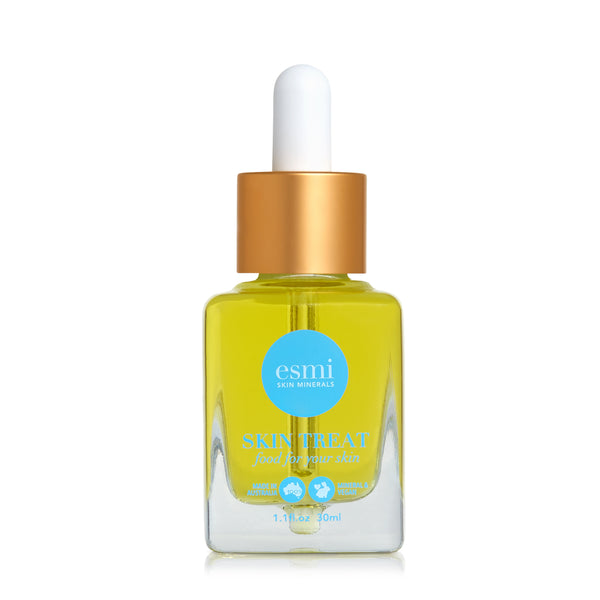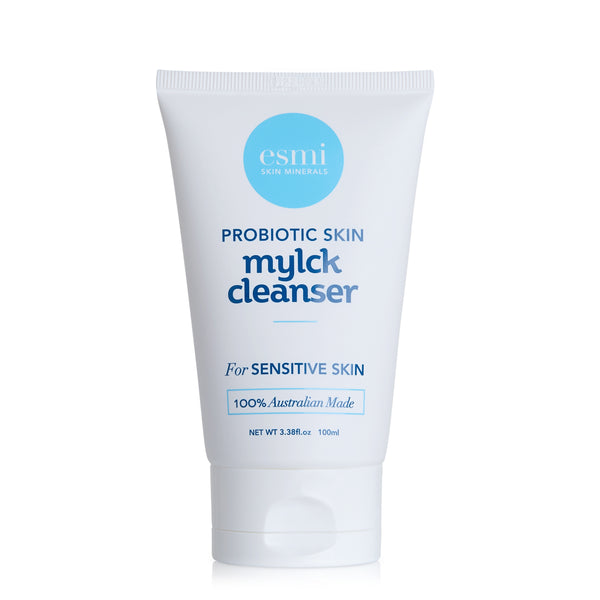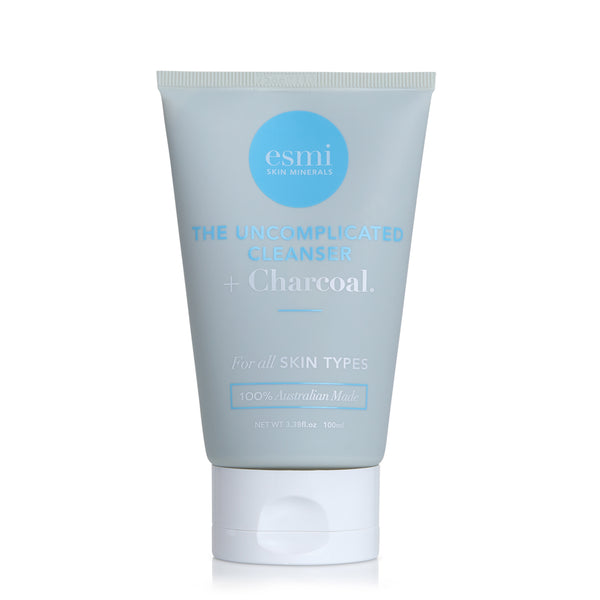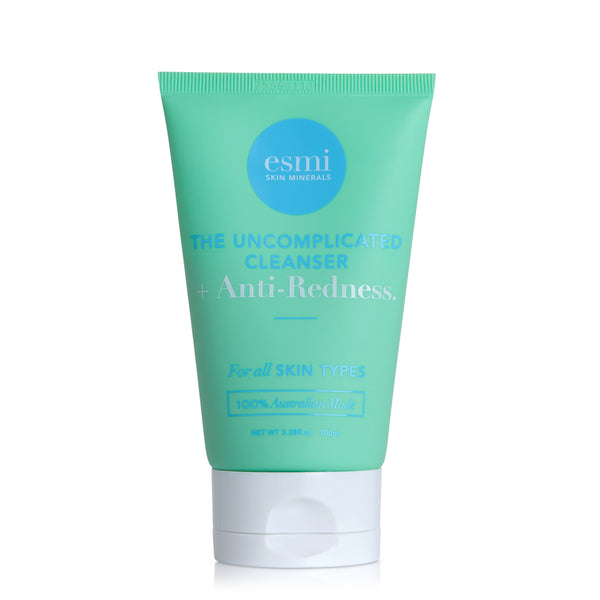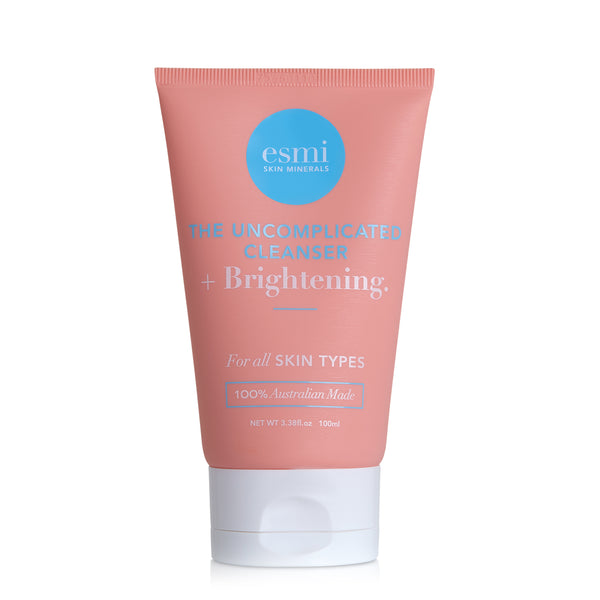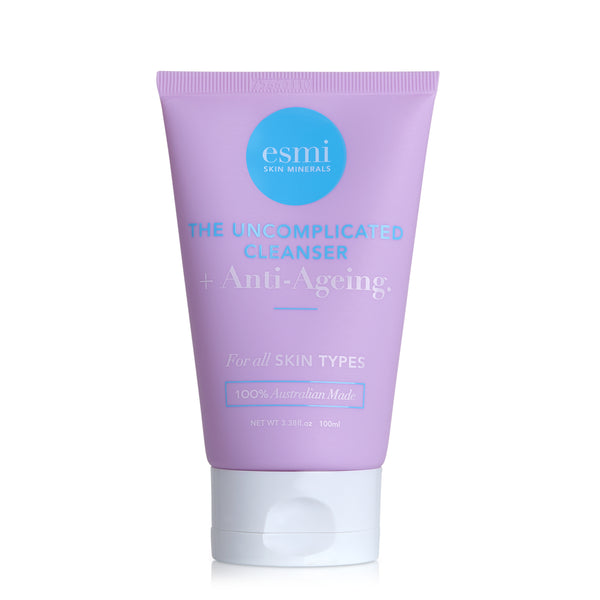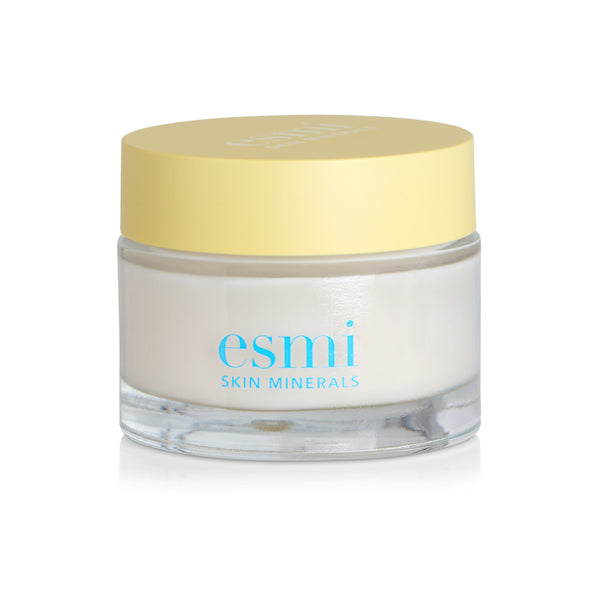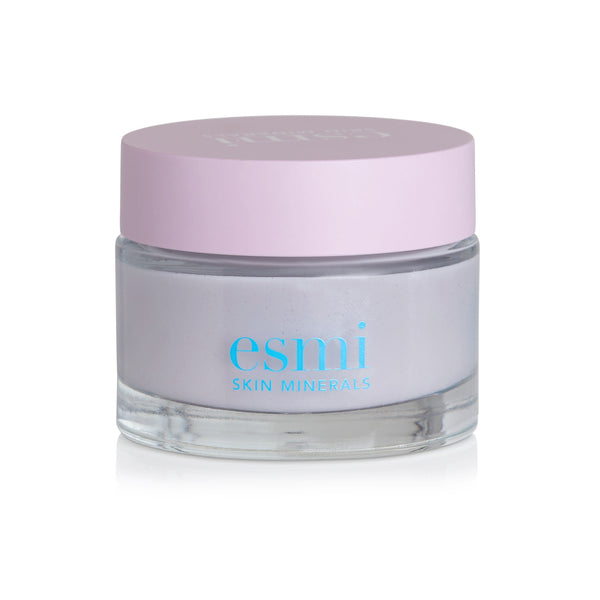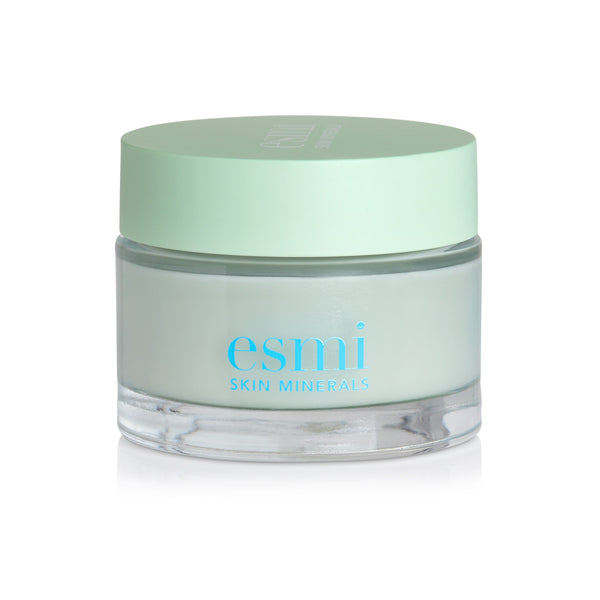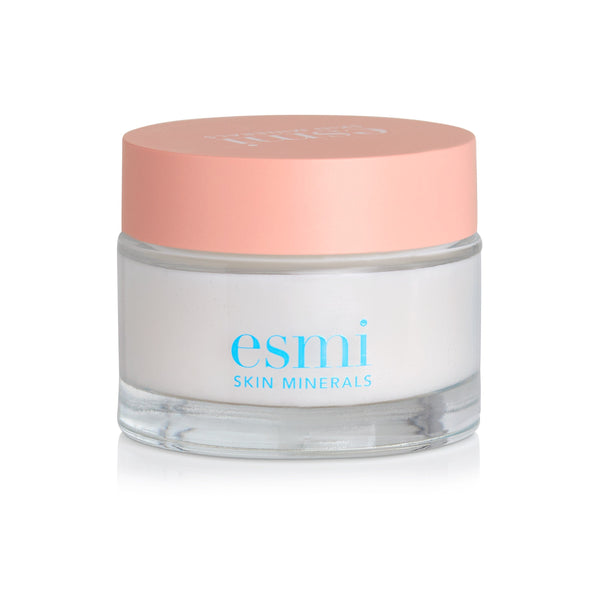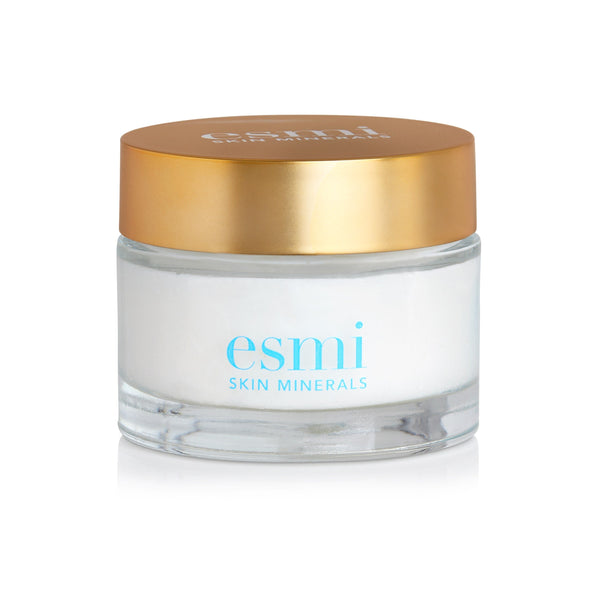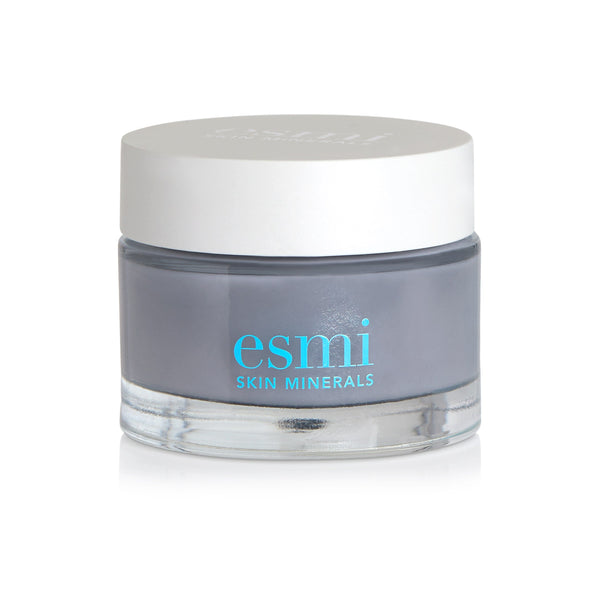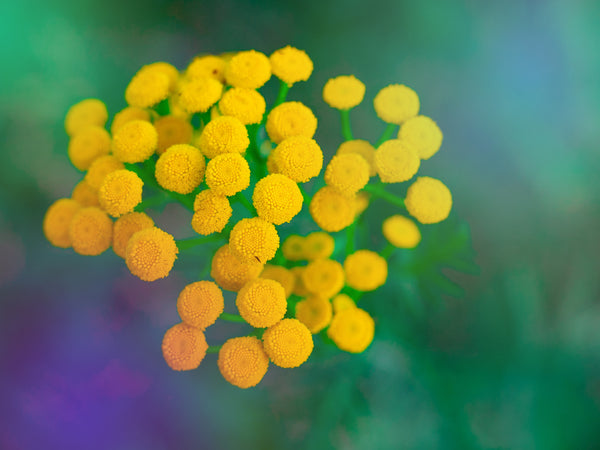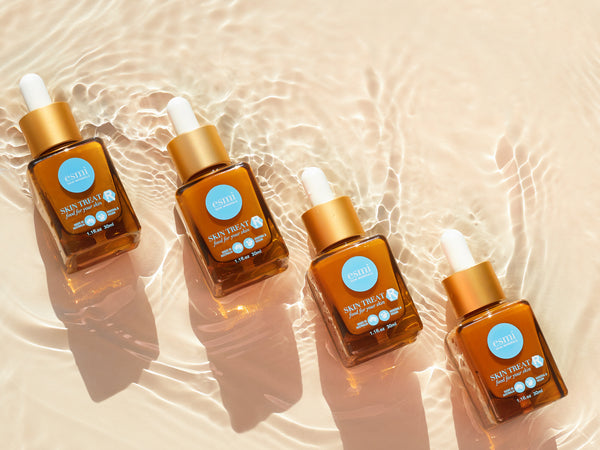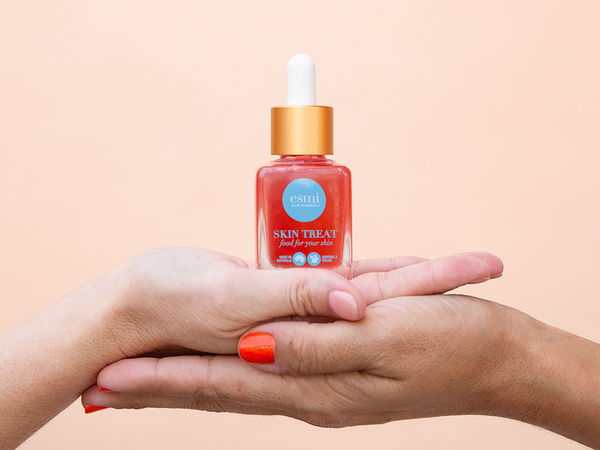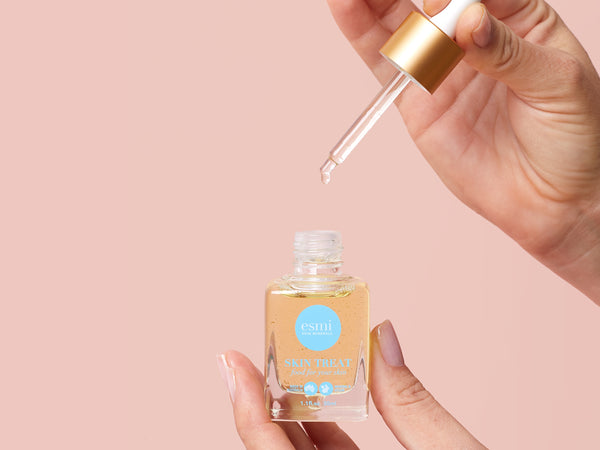Is your skin routine doing your complexion more harm than good? Signs the products you’re using are damaging your skin include dryness, breakouts, redness, inflammation and excessive oil.
You might be using the wrong products in your skin routine, overusing products, or having an allergic reaction to an ingredient or formulation.
Be on the lookout for these signs that your skincare routine is hurting, not helping, your complexion.
You’re breaking out regularly
Have you noticed your skin is breaking out more often?
This is an indicator that an ingredient or combination of ingredients in your skincare regimen isn’t playing nice with your skin.
If you’ve just introduced a new skincare product or makeup and your skin is breaking out, the formulation might not be suitable for your skin, causing aggravation.
There is a caveat here. Some products will cause your skin to ‘purge’ itself of toxins as part of the process to achieve clearer, fresher skin. If this is the case, a round of breakouts isn’t something to worry about as the product is doing its job.
Some common ingredients and treatments that can trigger your skin to purge include:
- Exfoliating hydroxy acids
- Cleansing brushes, peels and microdermabrasion treatments
- Vitamin C
- Benzoyl peroxide
- Retinoids
- Bentonite clay
It’s a good idea to choose lower strength products and gradually build to higher potencies as your skin adapts.
Unsure if your skin is purging or having a bad reaction? One way to tell is if pimples are appearing in areas you don’t usually breakout.
For example, if you usually have pimples in the t-zone but are experiencing breakouts around the side of your face and cheeks it could be a bad reaction.
Your skin is extremely oily
The overproduction of oil can be a sign you’re over-cleansing your skin.
Your skin needs a certain amount of its natural oils (sebum) to stay healthy and balanced. If your cleansing routine is stripping your face completely of oil, skin goes into overdrive producing sebum to try to counteract the loss of oil.
This process leads to more oil on your skin than normal which can keep you trapped in a cycle of over-cleansing in an effort to get rid of the oil. This isn’t a healthy skincare regimen for oily skin.
You need to use a cleanser that’s right for your skin type. If your skin feels taut and tight after cleansing, it’s a sign that your cleanser is too harsh.
Choose a gentler cleanser and make sure you’re applying moisturiser or facial oil after cleansing - even if you have an oily skin type.
Dry patches have popped up
Is your complexion scattered with dry, rough and peeling patches? This can be a sign of over-exfoliation.
Regular exfoliation helps to shed dead skin cells and reveal the fresh, radiant skin sitting below the surface but you need to be cautious not to go overboard.
Other signs you’re exfoliating too frequently include redness, irritation, and breakouts.
The first thing to do is stop exfoliating. Give your skin time to heal and return to its baseline texture - the texture it was prior to irritation.
You should also switch to a mild cleanser and fragrance-free moisturiser or face oil to treat your skin with extra care while it heals.
As a guide, only exfoliate once or twice a week to help speed up skin cell turnover without causing damage. Sensitive skin types should exfoliate less.
The appearance of dry patches can also indicate you’re not using the right product for your skin type. For example, if you have a dry skin type, using oil-absorbing products will leave skin even drier with red, scaly patches.
Read our guide to the different skin types to help determine the right products for your skin.
Your skin is red & inflamed
Inflamed, red skin is a classic sign of irritated skin.
If you notice redness developing - whether it fades or persistently sticks around - it could be time to evaluate your skincare routine.
A complicated skincare routine can trigger inflammation as too many products with potent ingredients can wreak havoc on your skin.
For example, exfoliating with an AHA based product, using a serum with a high percentage vitamin C, followed by a strong retinol moisturiser and then a skin brightening treatment.
It doesn’t mean there’s anything wrong with the product - they can have a place in your face regime. The issue is applying them to the skin in quick succession can leave it red, stressed, and inflamed.
Products with harsh or aggravating ingredients can also cause the skin to flare up.
Some problematic ingredients known for sensitising skin include artificial fragrances, sodium lauryl sulphate (SLS) and sodium laureth sulphate (SLES), silicones, petrochemicals, and synthetic emollients. Try to avoid these ingredients in your skin routine.
Or, you simply may have a personal reaction to an ingredient or a mix of ingredients - it’s not a reflection of the quality of the formulation.
If you have sensitive skin, chances of a reaction to products are higher as your skin barrier is already vulnerable. Even ingredients that aren’t usually considered irritants can cause your skin to react.
Sensitive skin loves routine so once you find products that work for you, stick with them.
Tips for healing skin damaged by your skin routine
- Strip your skincare routine back to basics
If your skin is stressed, layering product after product on won’t help it - the best skin regimen for a damaged complexion is a simple one.
Get back to the basics for a few days using just a gentle cleanser and moisturiser or facial oil to give your skin a chance to breathe and heal. You can slowly re-introduce additional products or treatments designed to assist the healing process.
- Use a gentle cleanser
No matter what sign of distress your skin is giving you, a gentle face wash can help minimise symptoms while keeping your skin clean.
Try esmi Uncomplicated Cleanser for a deep, yet gentle clean suitable for all skin types.
- Patch test
Prevention is better than a cure!
Put a small amount of the product on your wrist (where the skin is thinner) or the side of your neck and cover the area with a small bandage. If you don’t see any reaction in 24 hours it should be fine to use the product on your face.
- Always read the ingredients label
Read through all the ingredients on the product or packaging. The higher up the list an ingredient is, the more there is of it in the formulation. Steer clear of the sensitising products we mentioned earlier and any ingredients you’ve previously had a reaction too.
Any of the above symptoms sound familiar? If you’d like guidance on the best skincare regimen for you, book a free consultation with an esmi Skin Minerals Consultant. The team at esmi are always here to support you on your skin journey!
